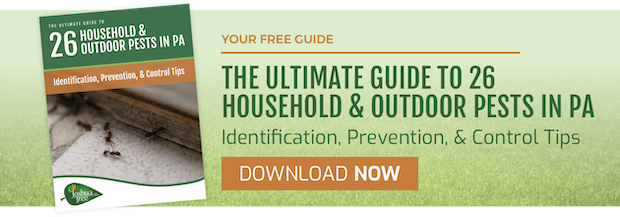When you’re spending time at home, you should feel relaxed and at ease. But if you have to be worrying about pests lurking around your property, you might be feeling on edge. Common household pests like spiders, ants, and even rodents can be a source of major concern.
That’s why investing in residential pest control for your home makes a lot of sense. An effective and safe pest control program can help take away your worries and allow you to get back to enjoying time at home.
In this guide, we’ll dive into some of the most common household pests, signs of an infestation, and the importance of pest control in homes.
Table of Contents
Common Household Pests to Look Out For
Health Risks Associated with Pests in Your Home
Steps to Pest-Proofing Your Home
When to Hire Professional Pest Control Services
Choosing the Right Pest Control Company
Common Household Pests to Look Out For
Unfortunately, there are a lot of different outdoor pests that commonly make their way inside.
Think about it…your home probably seems like a dream vacation. It’s a warm, cozy shelter from the outdoor elements. And if pests find what they need there to survive, they’ll be likely to nestle in and stay as long as possible.
This includes many different types of pests. According to a Forbes survey, spiders are the number one most common household pests in the country. In fact, spiders so frequently like to come indoors that there’s even a species called the “Common House Spider.”
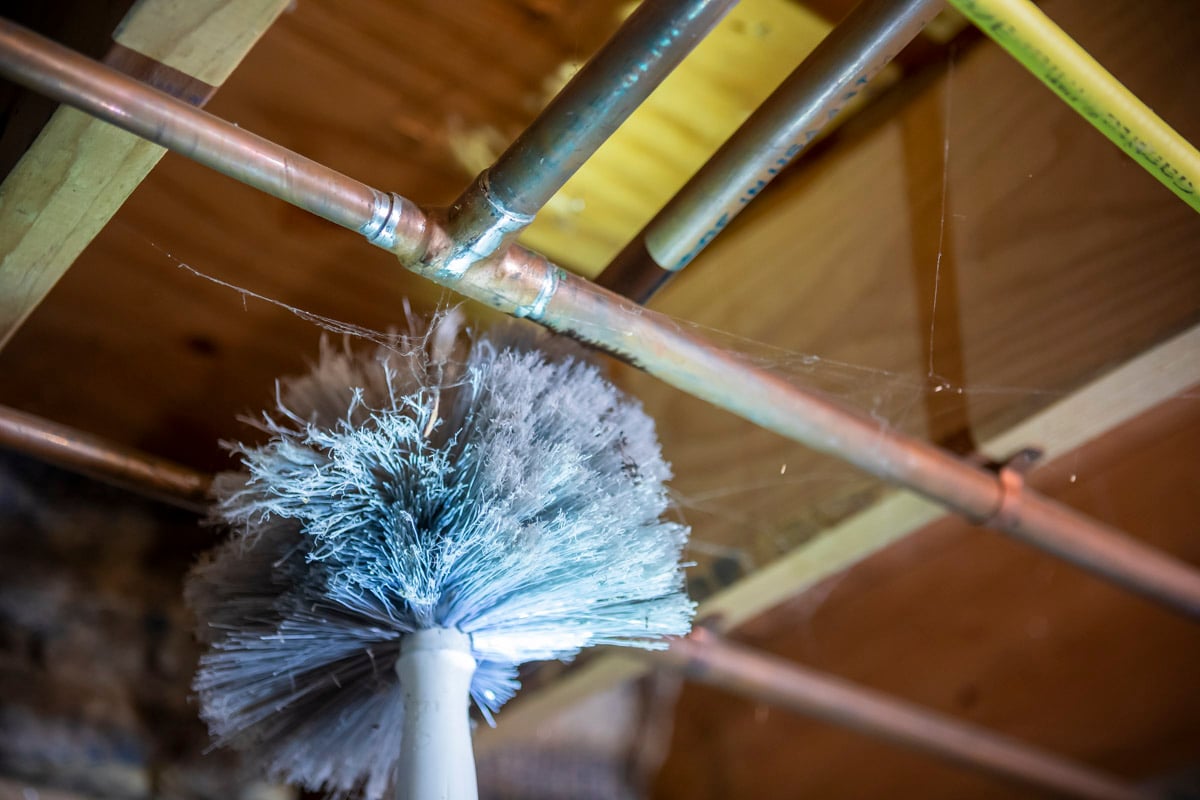
While most types of spiders are harmless (except for giving you a good scare), there are also poisonous spiders that give more cause for concern such as the Black Widow and the Brown Recluse. Fortunately, these spiders are not as frequently found in homes.
Garden spiders, Hobo Spiders, Grass Spiders, Wolf Spiders, and of course, the Common House Spider are more commonly found indoors.
Other common household pests include some of the following.
- Stink Bugs: Whether you’ve dealt with them before or not, with a name like “stink bug,” this is a pest that you know you don’t want lurking about your home. Stink bugs get their moniker from the foul-smelling odor that they produce when they are threatened. This smell can linger for hours and be difficult to get rid of.
- Silverfish: Of the various common household pests, this one has been around for a really long time! In fact, they are considered to be one of the oldest insects in the world. These pests are named for their silver color and fish-like appearance. While they are not harmful to humans (unless you’re allergic), they are a creepy pest that you don’t want lurking around your home.
- Ants: Oftentimes, people feel like the sight of ants means their house is messy. But these tiny creatures will forage for the tiniest crumbs of food. That means that even the most spotless homes sometimes end up dealing with ants. Finding one ant may not seem like a big deal, but a single ant quickly becomes many since ants forage for food as a group. If you spot just one ant in your home, it’s quite likely it’s a “scout” ready to go back and tell the others to join the party.
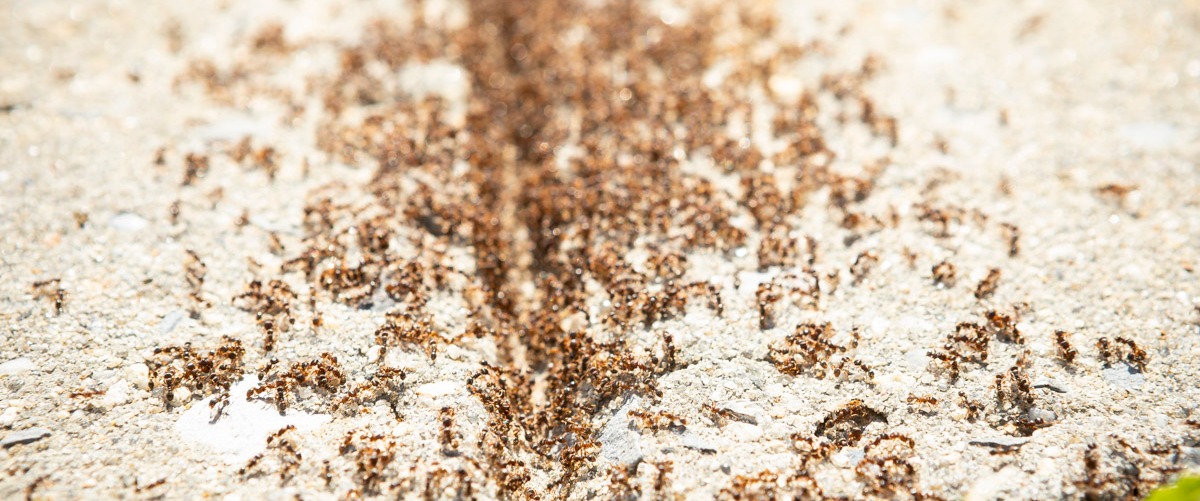
- Earwigs: This pest gets its name from the Old English word “wicga” which roughly translates to the term “ear creature.” That’s because it was believed that this pest would crawl into people’s ears while they slept. If that’s not enough to give you the heebie-jeebies, then what is? The good news is that there is no evidence that the Earwig actually wants to crawl into anyone’s ears. In fact, this pest will generally try to scurry away from people. Even so, it’s not one that you want hanging around in your home.
- Centipedes and Millipedes: These two pests often get grouped together because they belong to the same subphylum of arthropods called Myriapoda. That’s a Greek word that means “countless feet.” Yes, both centipedes and millipedes have lots of feet! It’s this very characteristic that many homeowners tell us is why they get a “creepy-crawly” feeling when thinking about them. The good news is that while these pests look really creepy, they aren’t actually a big threat to humans. They rarely bite. However, we know they’re creepy and you’d rather not have them around your house.
- Pillbugs: Pillbugs, also commonly known as “rollie pollies,” are crustaceans that are adapted to living on land. They can roll themselves tight in a ball when disturbed (hence the nicknames). The good news is that these pests do not bite or spread disease. But they may be considered a nuisance pest. Finding pillbugs inside can mean that you have a potential infestation outside.
- Crickets: Crickets need a lot of moisture to survive and tend to be found in basements. A leaky faucet or pipe might also attract them to your home. Crickets can be a major source of frustration due to their chirping sounds (made when they rub their wings or hind legs together). Sometimes you hear a cricket (or its family members) but can’t determine exactly where it’s coming from!
- Cockroaches: There are around 4,000 species of cockroaches found in the world, with 70 of those being common in the United States. Of the various species, the German Cockroach is one of the more pests commonly found in homes. This is not just a nuisance pest but has also been linked to the spread of diseases.
- Mice: Nobody wants to think about having mice in or around their home. But if you hear scratching, scurrying, or chewing, there is definitely a possibility that you have mice in your home. Unfortunately, mice are a common pest in the United States. In fact, it’s surmised that mice infestations are as many as 10 to 20 times more likely than rat infestations. Like any other pest, mice come inside to find food and shelter. They’re known to take up residence in hiding places, including the interior walls of your home.
These are just some of the common household pests that you might have to deal with. Unfortunately, bugs tend to be fantastic hiders and really don’t want to get caught. After all, they have a good thing going hanging around your home.
This is why it’s important to take action against pests with effective pest control. Whether you already have some of these pests in your house or you’re just looking to keep pests out of your house in the first place, it’s critical to be diligent.
Signs of a Pest Infestation
You might be wondering how you can be sure whether you have a pest problem. The unfortunate news is that whether you’ve seen them or not, you have pests lurking in your home.
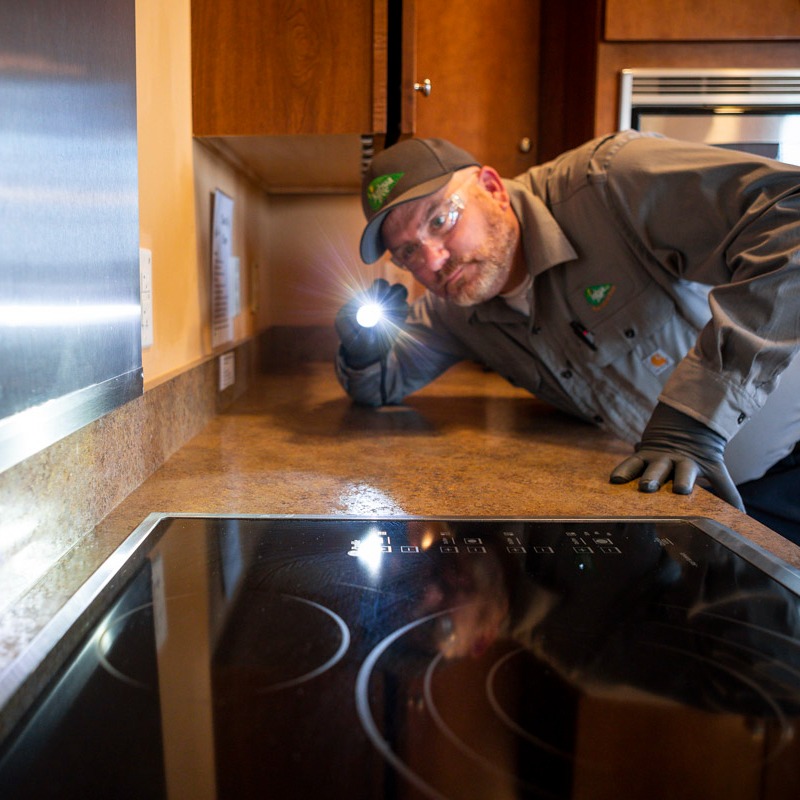
As troubling as it may be, research indicates that the average home has dozens of types of bugs living in it. Many of these are microscopic and harmless.
A few bugs here and there may be no big deal but an infestation is a different story. And some bugs are obviously more concerning than others as some can cause damage or even pose a health threat.
The signs of a pest infestation can differ depending on what pest you might be dealing with. Here are two common pests that are known to multiply quickly. It’s important to know these signs of a pest infestation for these two unwanted visitors.
Signs of Mice
Some of the signs that you have mice in your house include evidence of droppings, noises (scratching or scurrying), and signs of chewing. If you find objects around your home that have been gnawed or chewed, this could be due to the fact that mice’s teeth are constantly growing and they always need to chew something.
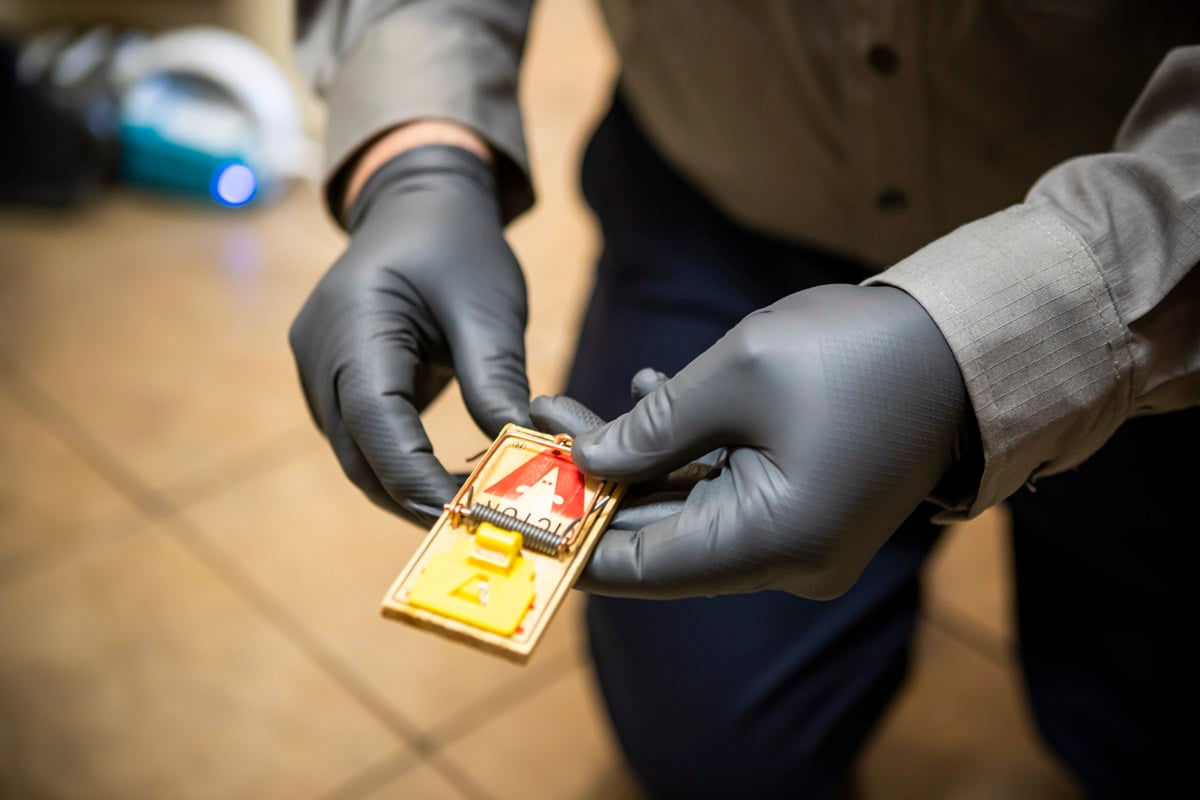
Sometimes people notice a smell before ever spotting a mouse. If there is a bad smell emanating from a pantry or cabinets, along your baseboards, in your attic, or maybe even in an unidentified location, it’s important to check out. If you are too squeamish to investigate, call in a professional.
In addition, your pets might be more clued-in that you have a mouse problem, as well. If your cat or dog is taking a sudden interest in certain areas of your home, it could be a sign that they’ve noticed something going on.
Signs of Cockroaches
Nobody wants to think about finding roaches in their home. But these opportunistic pests commonly do make their way inside. Many homeowners say that they spotted droppings before seeing an actual roach. Sometimes they also notice a musky-smelling odor.
Of course, roaches aren’t always the best at hiding, given their size. It’s not uncommon for people to spot these creatures scurrying across a kitchen counter. The bad news is that cockroaches show up in groups. If you have spotted one, you most likely have many others. Roaches are most likely to be spotted at night as this is when they come out of hiding.
If you walk into your kitchen, flip on a light, and notice a roach scurry across the floor…there’s a high probability that many more are lurking. Roaches multiply quickly so it is very important to get them under control swiftly.
Health Risks Associated with Pests in Your Home
Pests in the home can be broken into two categories: nuisance pests and those that pose an actual risk. We understand that you don’t want either in your house. Even nuisance pests can make people feel on edge and prevent them from relaxing in their own home.
But pests that also pose a risk are even more concerning.
Let’s talk about some of the health risks from common pests.
Disease Transmission
One of the big worries in regards to health risks from common pests is disease transmission. Some rodents and insects (like cockroaches) can actually carry and transmit diseases to humans.
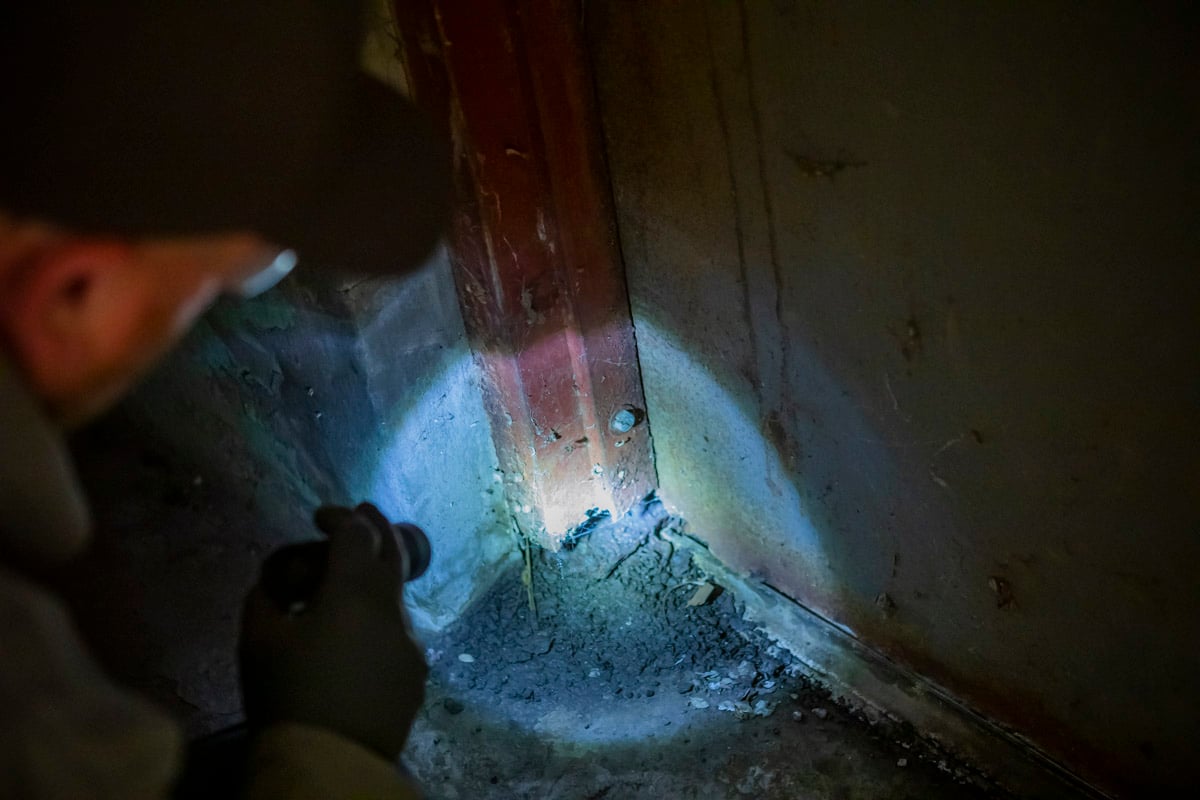
For instance, cockroaches are associated with carrying bacteria including salmonella, staphylococcus, and streptococcus. Ingested bacteria is able to survive in the roach’s digestive system and then is passed in its droppings.
Mice can also carry harmful diseases including typhus, hantavirus, and even the plague! Mice are some of the dirtiest pests to infest homes. They poop frequently and potentially spread disease this way.
Poisonous Bites and Stings
Another of the health risks from common pests is poisonous bites. This can occur from pests that inject venom. Spiders are obviously the most notorious in this category, though most spiders only bite when threatened.
Another household pest with venom is the centipede. However, the amount of venom involved in a human bite would likely not be enough to cause serious harm (unless you’re allergic). Plus, centipedes go out of their way to avoid humans whenever possible.
In addition, venom is often associated with stinging insects like wasps and bees. These pests are commonly found outside of the home. But if you do have an infestation or a nest near your house, it’s something that you’ll want to take care of quickly. A sting from one insect might not be that big of a deal. But a sting from a multitude of insects could be deadly.
Allergic Reactions
Of the health risks from common pests, allergic reactions is a final concern. As we mentioned, sometimes people are allergic to various pest’s venom.
But people can also be allergic to rodents, like mice. Mouse allergens can lead to asthma and hay fever. People are sometimes allergic to the allergens in mice urine or its dander.
People who already have problems with allergies or asthma tend to be more prone to serious danger from pests.
Steps to Pest-Proofing Your Home
We get it. You want to keep pests away from your house. But how can you be effective at that goal.
Although we always recommend professional pest control as the best solution, there are also some DIY pest control tactics you can employ to strengthen your protection.
Keep Your Landscape Tidy
Since pests start outside of the home and make their way in, eliminating some of their entry points can help. Keep landscaping around your home trim and tidy.
Pay special attention to any landscaping around the foundation of your home. Lots of leaves left lying in plant beds becomes the ideal hang-out spot for pests right before coming inside.
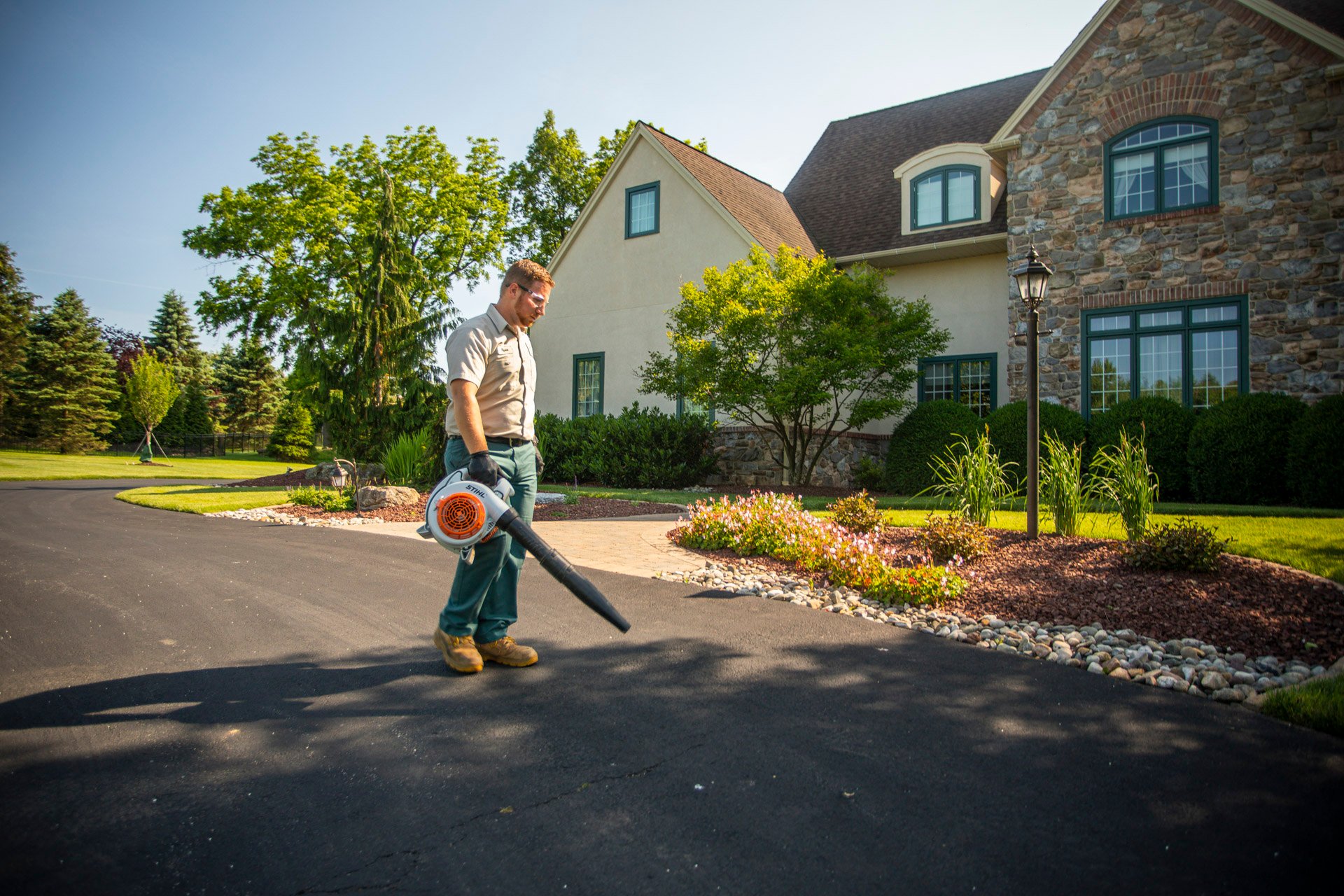
Seal Up Entry Points
You’ll also want to seal cracks, patch window screens, and close up any other entry point through which pests might be making their way inside. You might also want to install weather stripping around doors.
Inspect Packages
Many pests make their way inside by hitching a ride on packages that were sitting on your porch. An easy do it yourself pest control approach is simply to do a quick check of any items coming inside.
Cockroaches in particular are known to like cardboard because it offers food and shelter for them. Yes, they actually do eat the cardboard and digest its fibers. They also like wet cardboard because it provides hydration. So any packages that have become damp on your porch could be a hang-out spot for roaches.
Store Food Properly
Quite often, pests make their way into peoples’ homes in search of food. Because of that, proper food storage is important in keeping pests like ants, mice, and cockroaches away.
This not only means to put open food items in containers and seal up packages. But it also means to wipe down counters and take the garbage outside regularly.
When to Hire Professional Pest Control Services
The best way to keep pests out of your house is with professional pest control.
But we understand that people are sometimes unsure of what this means or why they can’t do it on their own. Let’s look at some things to know about hiring professional services.
DIY Pest Control vs. Professional Services
First and foremost, whenever we are talking about pest control, we want to have a conversation about safety. Although store-bought products are less effective than what a professional would use, that doesn’t mean that they come without any risk.
In fact, there can actually be more risk involved with DIY pest control than working with a pro. You aren’t properly trained on how to deal with pest control products, which could lead to more risk.
There’s also the question of effectiveness. Any products purchased at a store are not going to be as effective as a professional-grade product. This might mean that you need to perform extra applications to try and get the same coverage that a professional could achieve with less.
This might leave you wondering how protected you really are. When it comes to getting the best peace of mind, a professional is the way to go.
Cost of Pest Control Services
If you’re going to go the professional route, you might be wondering how much you can expect to spend. The cost of pest control services is often less expensive than people tend to assume. We also offer flexible options to help meet individual needs.
At Joshua Tree, we offer different pricing models so that you have options and can pick the method that is best for you.

The first way that you can pay for pest control services is to prepay for the entire year. A lot of people like the option of paying a one-time fee and not having to worry about it again. You’ll know you’re covered for the year ahead. For many, that gives peace of mind if it’s a financially feasible option for them.
At Joshua Tree, we also provide a 5 percent discount to those who prepay for the entire year, so there’s a financial incentive to this pest control payment method as well.
Joshua Tree’s structural pest control program is a quarterly program (which is the industry standard for this type of pest control) and therefore we also give homeowners the option of auto-paying quarterly after each visit.
Usually, we keep a credit card or an ACH routing number on file and can invoice clients after they’ve received each service.
Types of Pest Control Services
We also want to explain some of the different types of pest control services, as we understand it can get confusing.
People often have questions about perimeter pest control services vs. comprehensive pest controls services.
Perimeter pest control services is a service in which pest control material is applied a few feet up and out from the foundation of your home. The idea is to create a barrier that will prevent pests from coming in.
But this service can fall short in that it does not include any inside visits. As we’ve mentioned, homes typically already have pests inside so an indoor visit, at least once a year, is important.
That’s not to say that we don’t think outside services are critical. In fact, we believe that pest problems are best combatted with a focus outside of the home. That’s because the goal is to keep the majority of pests from ever making their way inside in the first place.
During exterior inspections, we’ll make recommendations for any entry point that we think might lead to pests inside of your home. We’re also performing barrier treatments around the exterior of your home which will help keep pests away.
But going a step further and also having that annual interior visit (or more, if needed), will provide critical peace of mind. It also means addressing pests like rodents, which your typical perimeter pest control program would not target.
With safe, effective, and thorough pest control you can gain peace of mind that everything is being taken care of in a way that doesn’t put you and your family at risk.
Choosing the Right Pest Control Company
If you’ve made it to this point in our guide, you might want to know, How do I choose a pest control company? After all, you can now see all the good reasons to hire a pest control service.
Since there are a lot of options out there, you might not know how to find a good pest control service.
It always helps to start your quest with some research. With the Internet at our fingertips, it’s easier than ever to research different companies and narrow down the options.

Here are some questions to ask as you consider the best pest control company.
- What pest control services do you offer? As we talked about in the last section, there are different “types of pest control,” and you want to be clear on what you’re getting. Those interior treatments can be vital when it comes to truly protecting your home…but many companies do not offer them.
- What pests do you address? Make sure that you find out what pests are covered with the program that you’re considering. With Quarterly Pest Control we are addressing a more robust list of pests than standard “perimeter pest control,” including spiders, stinging insects, and even rodents.
- Who performs your pest control services? When choosing a pest control company, you also want to know who is going to be doing the work. If you hire a lawn care company that offers perimeter pest control as an add-on service, then you’re likely just getting lawn or plant health care techs who are accustomed to spraying product but don’t necessarily have any pest control expertise.
Making Your Wise Choice in Pest Control
We commend you for wanting to be a wise consumer of pest control services. It will help to put in your research so that you can feel confident in your decision.
By choosing wisely you’ll ensure that you receive the services that you expect and avoid some of the horror stories you might be fretting about—such as investing in pest control only to wind up with an infestation because it didn’t work. Or, overpaying for a bunch of extra services that you didn’t really need.
In the end, you need to make the choice that is best for you. We’re here to guide you in that process. If you have other questions that you feel were not answered by this guide, we’re always here to help.
If you're interested in learning more about pest control services for your home, contact us for a free pest control quote or give us a call at 610-365-4858 so that we can answer your questions.




